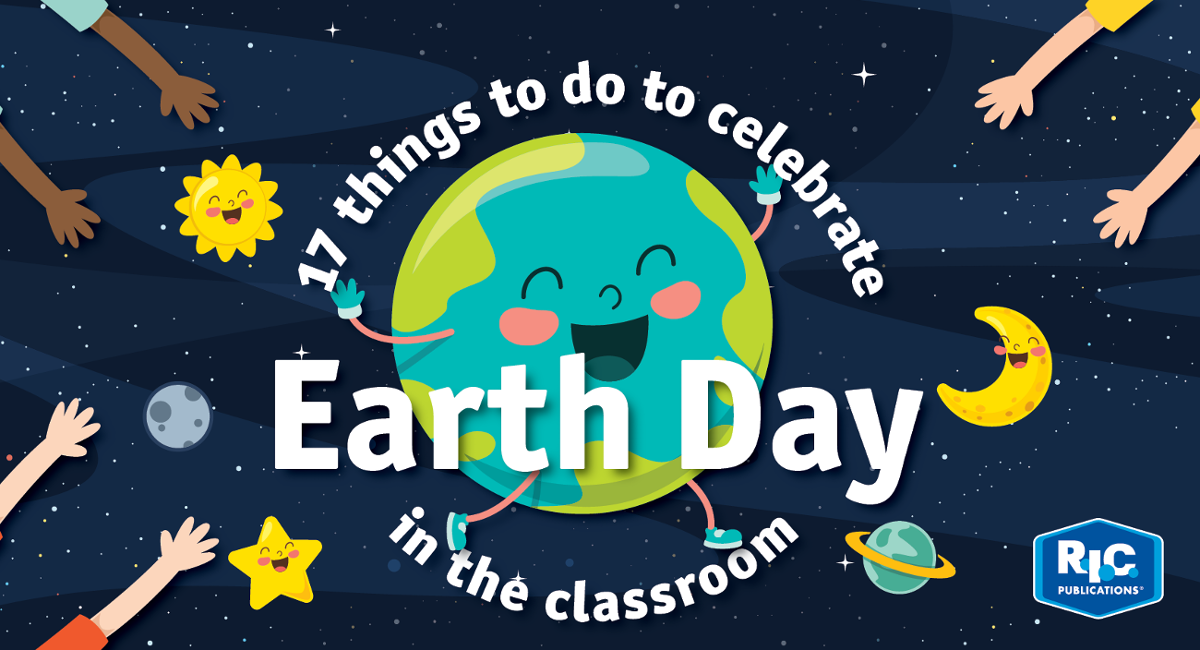- Wednesday 17 April 2019
- 0 Comments
How lucky are we in Australia to have so many beautiful and unique species of plants and animals?! It is important to take care of our wildlife to ensure their survival in the future. Fittingly, the theme of Earth Day 2019 is ‘Protect our species’.
How much do we, our children and our students really know about the creatures that inhabit our own country? Did you know that there are many Australian species that are threatened? In fact, there are more than 1700 species and ecological communities known to be threatened and at risk of extinction. [Environment Protection and Biodiversity Conservation Act 1999 (EPBC Act)]
How can you develop an awareness in students about threatened Australian species? What can you do to instil in them a responsibility to change what is happening so that threatened species are no longer in danger?
Watch this short video from Everything Inspires with fascinating facts about extinction rates in 2019.
- Go on fact-finding missions to find out about some threatened species. You can also visit the Australian Geographic website to find a list of unusual threatened Australian species and some information about them.
- R.I.C. Publications' range of Australian animals resources have just been revised to include the books in an ebook format. These resources are designed to foster and develop interest in Australian fauna through language development. The activities provide an ideal opportunity to introduce a high-interest topic as part of your language program. Buy them here.
- 'On Earth Day I like to focus on activities that don't create a lot of waste. I think read alouds are a great way to do this in both the primary and middle grades. I generally read a couple of Earth Day themed books during the lead up to Earth Day and then on the actual Earth Day I also read one or two books.' Heidi, Create dream explore
Visit Create dream explore for a great list of books to read about Earth Day.
- Visit https://www.earthday.org/campaigns/endangered-species/earthday2019/ to read about threatened species around the world. This site also has some valuable information in the free-to-download Protect Our Species Primer and Action Toolkit.
- Watch a narrated version of I can save the Earth by Alison Inches and Viviana Garofoli. Discuss with your students the environmental impact of Max the Little Monster's actions before and after the power outage.
- Visit The World Wildlife Fund's website to find threats to Australian species. Which of these are the students able to change?
- Make a list of simple things individual students can do to alleviate threats (if possible) within their local area. Simple things like planting a tree or bushes that attract butterflies, bees and native birds may be possible.
- Discuss this 'Loss of species biodiversity' infographic with older students.

- Research organisations like Save the Koala Foundation <https://www.savethekoala.com/>; Save the Tasmanian Devil Program <https://dpipwe.tas.gov.au/wildlife-management/save-the-tasmanian-devil-program> and discover what they do.
- Download our free 'Amazing animals' resource suitable for K-3 students. Whether covered in fur, feathers, scales or skin, animals tend to be a foolproof way of getting students interested in learning—and this download takes full advantage of that, incorporating information and four activities related to different and extraordinary creatures. These activities will provide lessons in science, English and art and craft. We've also thrown in an 'Amazing animals quiz'; a blackline master worksheet that students can use to show off their knowledge of the fastest and largest animals, and other special features.
- Visit the 'WilderQuest' website for a range of teaching resources linked to the NSW Curriculum.
- Download our free resource pack 'Could Earth's resources run out?' from the Australian Curriculum Science series.
- To inspire the next generation to care for their waterways and connect with Indigenous culture, Greening Australia and Icon Water have teamed up to run the Ngadyung Program. Ngadyung is the Ngunnawal word for water. Under the expert guidance of Greening Australia’s Indigenous Training and Engagement Officer, Aaron Chatfield, and members of the Icon Water team, school students in Canberra can learn about simple and effective ways to keep their waterways clean, and get hands on creating their own Ngunnawal bush tucker garden. Read more about this amazing program on Greening Australia here: <https://www.greeningaustralia.org.au/projects/inspiring-the-next-generation/>
-
Here are some fun Earth Day songs for kids by Prekinders – get them moving and singing along! Earth Day songs can be hard to find, but here are nine great songs to go along with your Earth Day & Recycling lesson plans.

-
Green Hub has a range of simple, hands-on environmental activities with Australian Curriculum links! Many of the resources are produced by Greening Australia for educators to download and use with school students from a variety of levels. Educators will also find the Greening Australia Biodiversity Audit Kit, which can be used by schools to audit the school grounds for habitat quality. An action plan can then be developed for your school grounds and simple actions taken to improve Biodiversity and Habitat values.
- Watch 'How to help the Earth by the Lorax' below:
-
Play some of the interactive games available at Games for Change. The games include Deep blue dump, Save a rhino, Survival, WolfQuest, WWF Together, BBC: Live in VR, Bioharmonius, Nova's Evolution Lab and Habitat the game.
R.I.C. Publications produces a range of resources on sustainability and the environment in the classroom, which you can read more about here. Do you have great ideas on how to celebrate Earth Day in the classroom? We would love to hear about them in the comments below.









